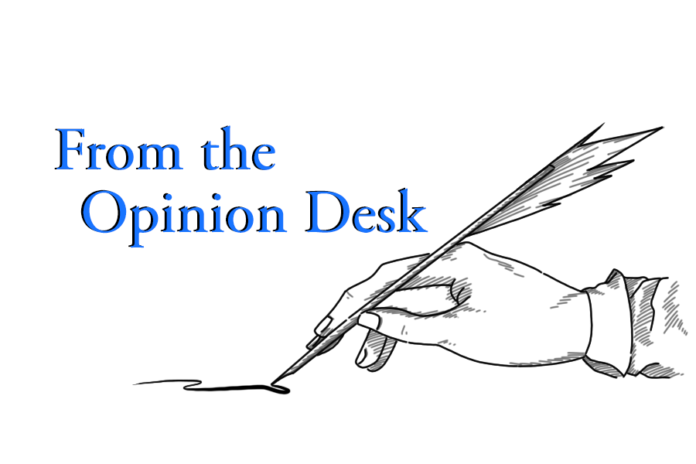How we can learn from the U.S. intervention in Afghanistan
By YASMEEN O’BRIEN — yjobrien@ucdavis.edu
Two weeks ago, Muslims around the globe celebrated Eid al-Fitr to mark the end of Ramadan, the holy month of fasting. After celebrating this year, a friend asked me what Eid signified and why we celebrate it. He also asked me, with quite a puzzled look, why I don’t wear a hijab if I’m Muslim. I have gotten this question countless times. People often question my faith because my mixed ethnicity and displayed hair are not what they visualize when they think of a Muslim woman.
Questions like these always make me think about how the world sees Muslims, especially Muslim women, and all of the misconceptions there are about us. When I think about this, what comes first to my mind is the veil — which is an overall statement that refers to head and body coverings worn by some Muslim women, such as the hijab, burqa, niqab or abaya. Because these coverings are visual, the Western world analyzes and assigns meaning to them. Often, this meaning is their own.
One example of this was America’s presence in Afghanistan from 2001 to 2021, which included the Afghanistan War from 2001 to 2014. One of the main responses to this war was seeking knowledge about and protecting “women of cover,” as then President George Bush called them in a 2001 News Conference. At first glance, protecting women seems like a positive thing. But it became an excuse for American occupation in Afghanistan, as well as widespread misconceptions about what the veil symbolized for women of the Islamic faith. It gave the false impression that the reason they were there was to protect these “poor women.”
After reading “Do Muslim Women Really Need Saving?” — the work of American anthropologist, Lila Abu-Lughod — I was struck by the extent to which America was concerned with Muslim women in this war, mostly due to the fact that they wear coverings. This desire to “liberate” Muslim women by “saving” them from their veilings is a belief that comes from exclusively looking at the Taliban’s presence in Afghanistan through the Western lens. A lack of understanding surrounding cultural differences makes America’s “valiant” involvement in Afghanistan almost meaningless.
In Abu-Lughod’s work, she talks about America’s antagonization of the veil — which is rooted in Islamophobia — and that much of the Western world sees it solely as a symbol of oppression and imprisonment when this is not always true. It is also an empowering cultural and religious practice. Abu-Lughod says that for many Muslim women, veiling makes them feel safe and respected. It is a form of devotion to their faith that is their decision.
While it is true that not all Afghan women desire to wear the burqa, the choice should be theirs and theirs alone. When the U.S. intervened in Afghanistan in the name of helping liberate women, they did not give the freedom of choice back to the women — which would have been truly liberating. Instead, the power over Afghan women merely transferred from the Taliban to the U.S.
And while this is an example that may feel far away, I believe it contains important sentiments that we should all apply to our daily lives. When we claim to celebrate women and call ourselves feminists, we really need to be asking ourselves if veiled women are being taken into account. Just because what’s empowering for them may not be what empowers us, doesn’t mean they are being oppressed.
Seeking understanding is the first step. As college students, we are the future, and including all women in the fight for equality matters.
Written by: Yasmeen O’Brien — yjobrien@ucdavis.edu
Disclaimer: The views and opinions expressed by individual columnists belong to the columnists alone and do not necessarily indicate the views and opinions held by The California Aggie.




